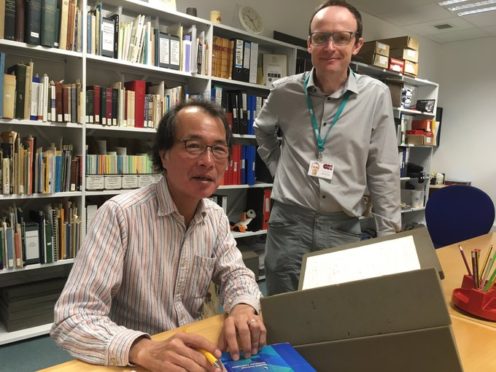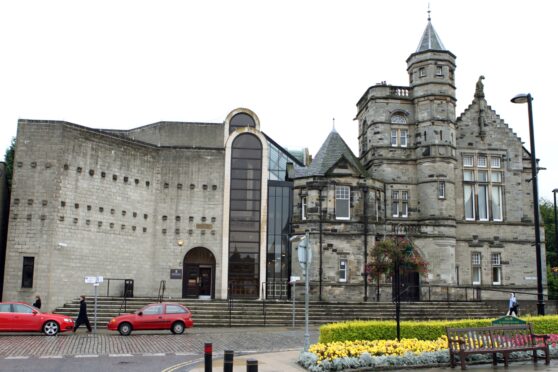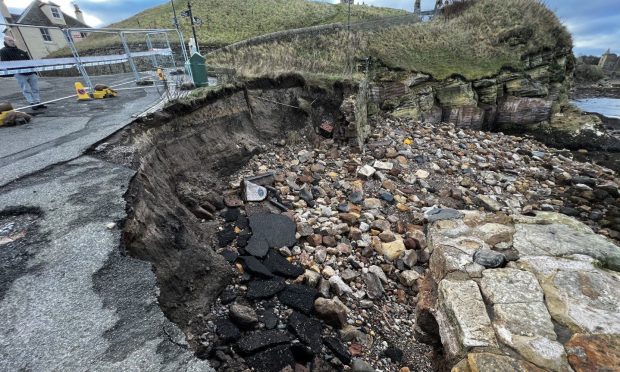The study of the harsh reality of a life down the pits for colliery workers in 17th Century Fife has become the life work of a Japanese university professor.
Every summer for the past 13 years, Kazuhiro Kato, a professor of economic history at Kagoshima International University, boards a flight that brings him half way around the world to the same bed and breakfast establishment in Markinch.
That pilgrimage allows him to spend two or three weeks happily trawling Fife Council’s vast historical archive stored at Bankhead in Glenrothes.
Professor Kato has studied British mining history for the past 30 years, with his focus for the last decade being Scotland and in particular Fife’s rich mining heritage.
In recent years the 62-year-old’s primary focus has been to read and analyse every one of the thousands of historic documents, manuscripts and production papers relating to pits owned by the Rothes estate across Fife.
He originally embarked on his quest with only a scant understanding of the English language, but Mr Kato has since become not only fluent, but also an expert in ancient Scots dialect, having taught himself during the many hours poring over thousands of documents dating back hundreds of years.
He said: “As an professor of economic history I am particularly interested by the labour relationships between colliery worker and and pit owner.
“Once I’d found the Rothes papers I found myself wanting to read every single document.
“I’m fascinated by the volumes of coal in which some workers, which I call ‘the big men’, could produce produce in a single day.
“Some men would produce three, four or possibly five loads a day at approximately 146kg per load.
“However, others, with the help of women and children family members, would produce as many as nine loads, an astonishing mount amount in a single day.”
Because of his regular visits,Mr Kato has struck up good relationship with the archive team at Fife Council’s Bankhead stores.
“”It’s always nice to welcome Mr Kato back,” said archivist Andrew Dowsey.
“Because of his expertise he can now even help us with a thing or two, especially when it comes to old Scottish dialect.
“And he always brings with him a box of cake delicacies as a gift from Japan too.”
Professor Kato has published his many findings back in Japan where he has a ready audience among academics and graduates and admits that he has no plans to end his studies or his trips to Fife any time soon.
He said: “I won’t rest until I’ve seen every last document within the Rothes papers, it’s my life.”










